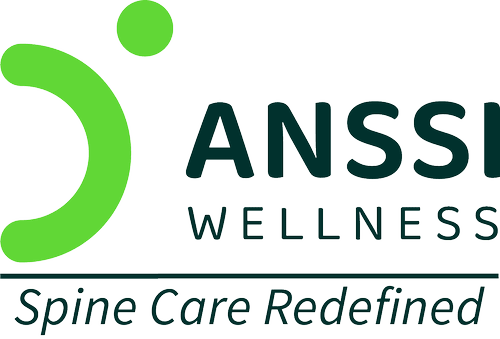Stenosis
Stenosis Symptoms
Many individuals with stenosis never experience any symptoms. In cases where stenosis symptoms are experienced, they differ as per the spinal part (neck/lower back/abdomen) affected and get severe with time if left untreated. Stenosis in neck symptoms
- Chronic neck pain
- Tingling, weakness or numbness in the arm, hand, leg, foot
- Walking & balance related issues
- Loss of bowel or bladder control
Stenosis in lower back symptoms
- Chronic lower back pain that comes and goes
- Radiating pain from the buttocks to the legs and foot
- Cramping in legs
- Weakness, numbness or tingling sensation in the buttocks, legs or foot
- Severe pain experienced after standing or walking for prolonged periods
- Reduction in pain when sitting, leaning or bending in front
- Loss of bladder or bowel control
Stenosis in abdomen symptoms
- Pain in the abdomen, along with a tingling sensation
- Weakness or numbness at or below the abdomen level
- Difficulty maintaining balance
Stenosis Causes
Stenosis is generally caused by age-related degeneration of the spine linked to arthritis. It’s most common in individuals aged over 50. Other stenosis causes may comprise:
Bone spurs Arthritis-linked wear & tear damage can lead to the formation of bone spurs or extra bone growth on the spine. These bone spurs can press into the spinal canal, narrowing the spaces within it. Herniated discs Spinal discs provide cushioning between the spinal bones and play the role of shock absorbers. If the inner material of a spinal disc leaks out, it can exert pressure on the spinal cord or nerves, causing stenosis. Thick ligaments Ligaments, which are the powerful cords that assist in keeping the bones of the spine together, can get stiff & thick with age. This thickening of the ligaments can cause them to press into the spinal canal, culminating in stenosis. Spinal injuries Injuries to the spine caused by car accidents and other trauma can result in the breaking or displacement of spinal bones. In individuals who have undergone back surgery, the swelling of surrounding tissue after the surgery can lead to pressure on the spinal cord or nerves, causing stenosis. Congenital spinal stenosis Stenosis can also occur due to a person being born with a small spinal canal. Another spinal defect related to birth that can increase the risk of stenosis is scoliosis, which features an abnormal curvature of the spine. Tumors In rare cases, tumors can come up inside the spinal canal, resulting in stenosis.
Stenosis Diagnosis
Diagnosing stenosis starts with the healthcare professional enquiring about your medical history and symptoms. This is followed by a comprehensive physical examination wherein you may be asked to perform certain body movements and check for pain.
The conclusive diagnosis is made with the help of imaging tests such as:
X-rays A back X-ray can reveal changes in the bones that could be narrowing the space within the spinal canal. MRI An MRI (Magnetic Resonance Imaging) can generate detailed images of both hard & soft tissue in the back. It can help identify damage to the ligaments & discs, as well as detect the presence of any tumors. CT Scan With the help of a CT scan, the healthcare professional can examine cross-sectional images of the spine, helping check for the narrowing of the spinal canal and the cause behind it. CT Myelogram This is a CT scan conducted after injecting a contrast dye. It can provide clearer images of the spinal cord & nerves than a regular CT scan. It’s highly effective in detecting bone spurs, tumors & herniated discs.
Stenosis Treatment
Overcome Your Upper Back Pain with the 100% Non-Surgical Spinal Decompression Treatment!
ANSSI’s USA-patented technology for Non-Surgical Spinal Decompression Treatment has successfully treated 3500+ patients suffering from various spinal disorders without surgery.
Backed by the USA Journal of Clinical Research, it’s much better than other treatment options like surgery, steroid injections & painkiller medications due to the following benefits:
- Reduces disc pressure and helps bulging discs retract
- Improves blood flow, promoting natural healing
- Relieves nerve compression, reducing pain
- Drug-free, non-invasive, and safe treatment
Book Appointment
Backed by Prominent Medical Research Facilities

